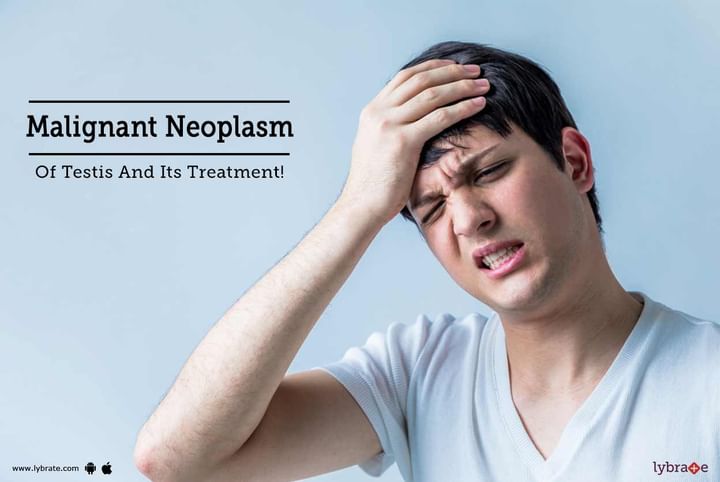Malignant Neoplasm Of Testis And Its Treatment!
Cancer that starts in the testicles is called testicular cancer. Testicular cancer is commonly seen in men who are 25 to 40 years of age. It is generally of two types.
- Seminomas: These grow and spread slowly and respond to radiation therapy.
- Non-seminomas: These grow and spread rapidly, do not respond to radiation, and often require surgery.
While the exact causes for testicular cancer are not clear, the following are considered to be the possible risk factors:
- Family history
- Prior history of testicular cancer
- Undescended testicles
- Congenital abnormalities of the penis or urinary tract
Symptoms: While testicular cancer is often not easy to diagnose, the patient will have symptoms, which he may ignore.
- Painful lump in one or both testicles
- Pain in the lower abdomen and groin area
- Enlargement of the testicles, due to fluid collection
- Back pain
Often, this type of cancer originates in the testicles and spreads to the adjacent groin lymph nodes. It can also reach distant organs like lungs, liver, and brain via metastasis.
The good news about testicular cancer is that the above symptoms would lead to early diagnosis, confirmed by ultrasound and other tests. Once confirmed, even if diagnosed in the late stages, treatment is quite effective and prognosis is good.
Stages of Testicular Cancer
There are four stages of testicular cancer – 0 to III, and treatment and prognosis would depend on the stage at which it is diagnosed.
Treatment: Various modalities are used depending on the stage and extent of spread.
- Chemotherapy: Chemotherapy drugs are used to kill the existing cancer cells and arrest the further growth of testicular cancer. These can be given as tablets or injected into the system.
- Radiation: Either internal or external radiation can be used. External is when a beam of radiation is directed at the scrotum to kill the cancer cells. Internal is when a needle, seed or wire is planted in the scrotum, which constantly gives out radiation to kill the cancer cells.
- Surgery: If one testicle is involved, then it is removed along with the neighbouring lymph nodes. This may be followed up by chemotherapy or radiation in most cases. If distant organs are involved, it may not be removed. Instead chemotherapy or radiation will help control the spread.
- Clinical trials: There are various drugs in final trial phase, and with the risks understood, some men may choose to be part of such trials.
With any of these treatments, surveillance follow-up is very essential, as testicular cancer is known for recurrence. If only one testicle was involved initially, the second one also could be affected later. Infertility is another issue, which needs to be managed in men with testicular cancer.



+1.svg)
